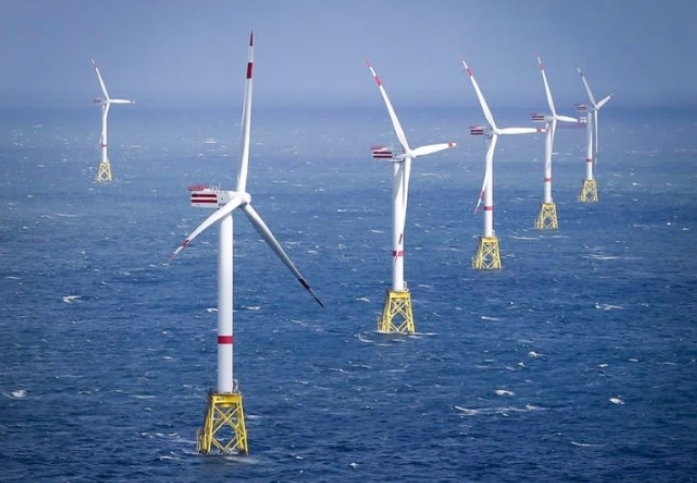
The flow of oil from the world's biggest producer to its largest importer is set to thin to virtually zero.
According to Vortexa Ltd., a market analytics firm, US crude made up roughly 1% of China’s total oil imports in the early months of this year, indicating that US supplies are a small fraction of China’s energy needs. Nonetheless, the sharp decline in these shipments highlights broader strains in trade relations between the two nations. Ivan Mathews, head of APAC analysis at Vortexa, stated: “With China imposing 84% tariffs on goods from the US, the cost of US crude would be almost double — $51 a barrel more expensive, based on $61 WTI.” He added: “US crude imports to China will likely dwindle to zero in the coming months if the current tariff levels stay.”
The elevated tariffs have rendered US oil less viable for Chinese refiners, prompting a search for alternative suppliers. China is expected to turn to Middle Eastern producers, such as Oman or the United Arab Emirates, to meet its oil requirements. This shift reflects a pragmatic approach to securing a reliable energy supply for its refining industry.
Meanwhile, other Asian countries are stepping in to purchase US crude originally intended for China. Recently, refiners in India and Japan have acquired US oil cargoes, capitalizing on competitive prices. These transactions illustrate the adaptability of global oil markets in responding to shifting trade patterns.
The situation highlights the intricate dynamics of international trade and energy markets. China’s ability to diversify its oil sources demonstrates its focus on maintaining energy stability, while other nations gain access to US supplies at favorable rates. The evolving trade landscape continues to influence global energy flows, with markets adjusting to new economic realities.







